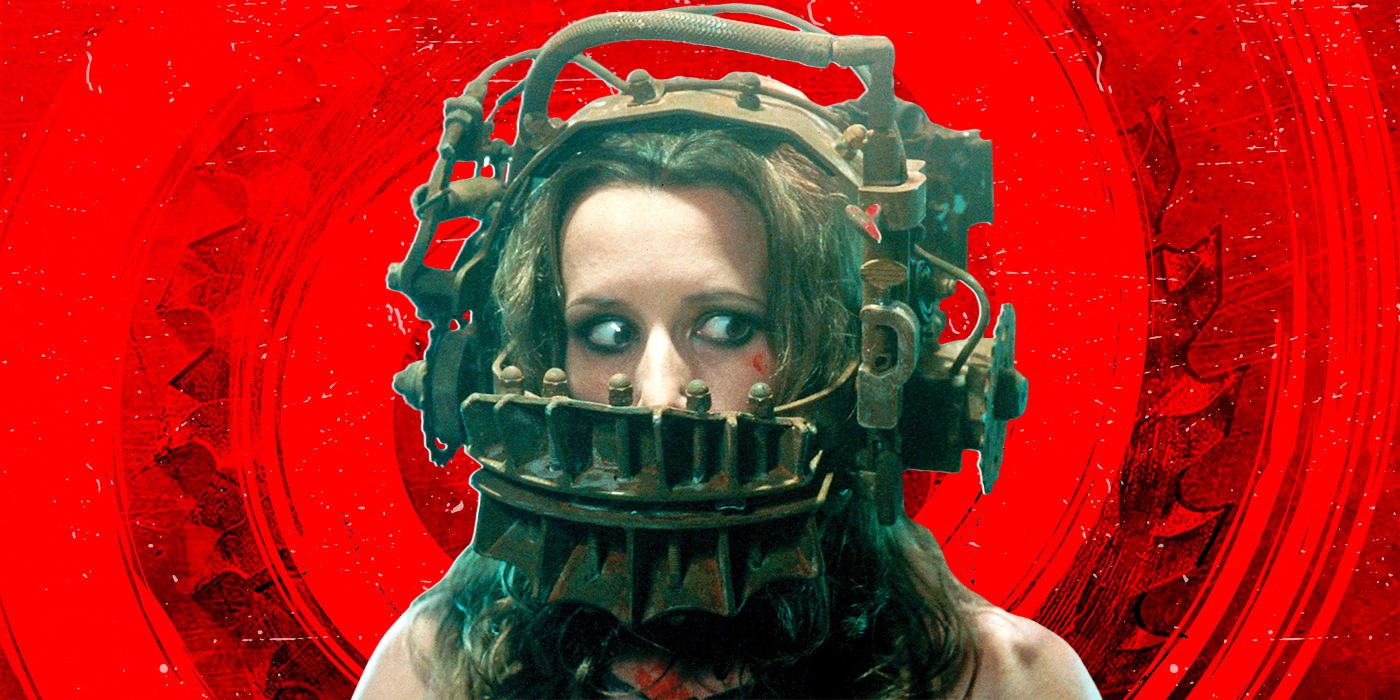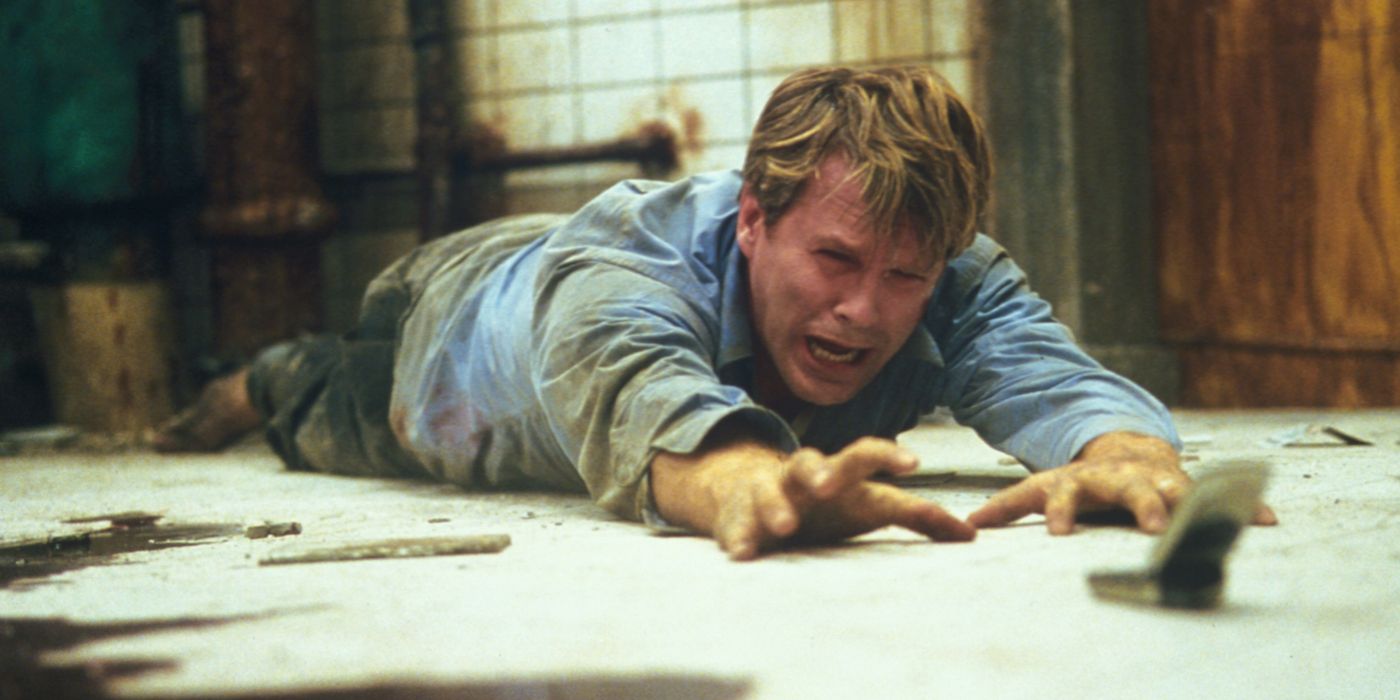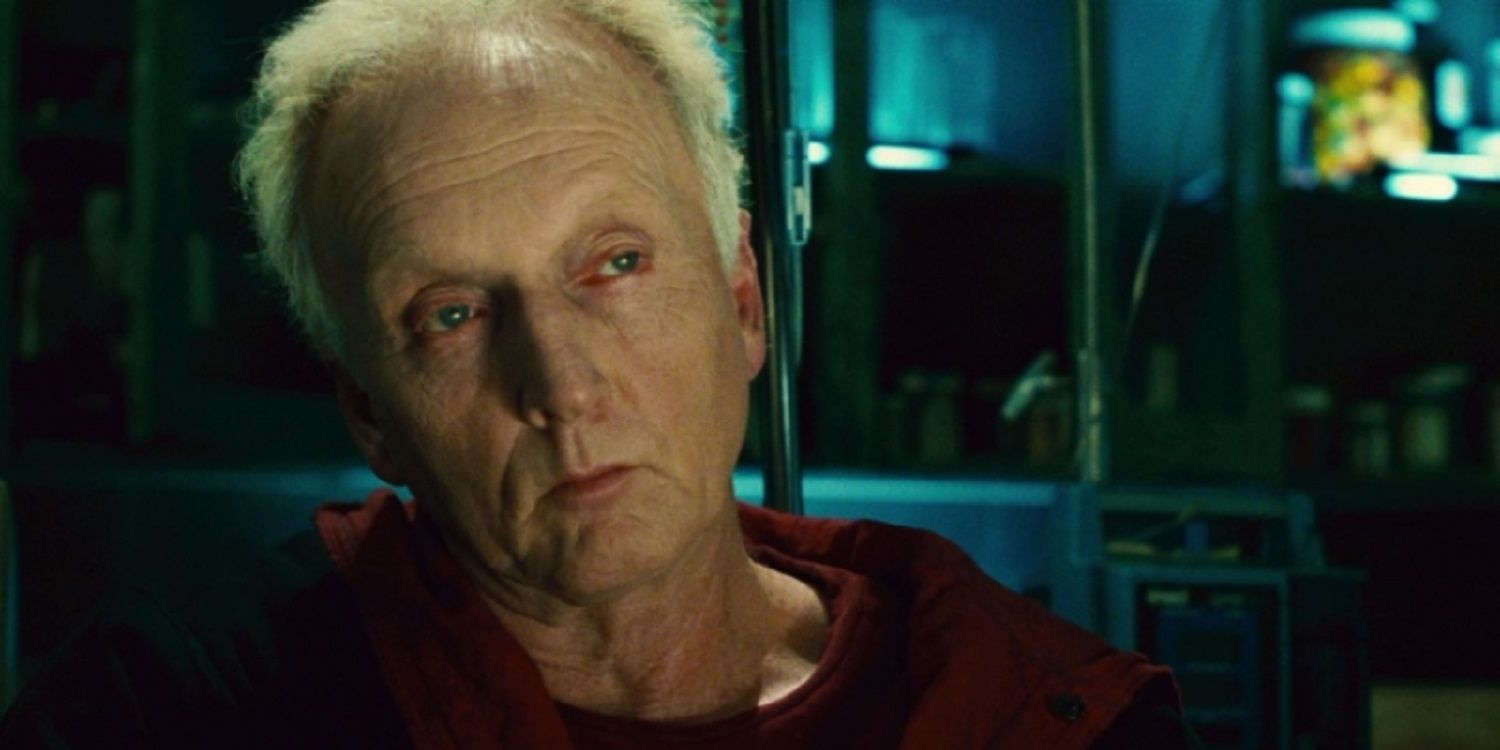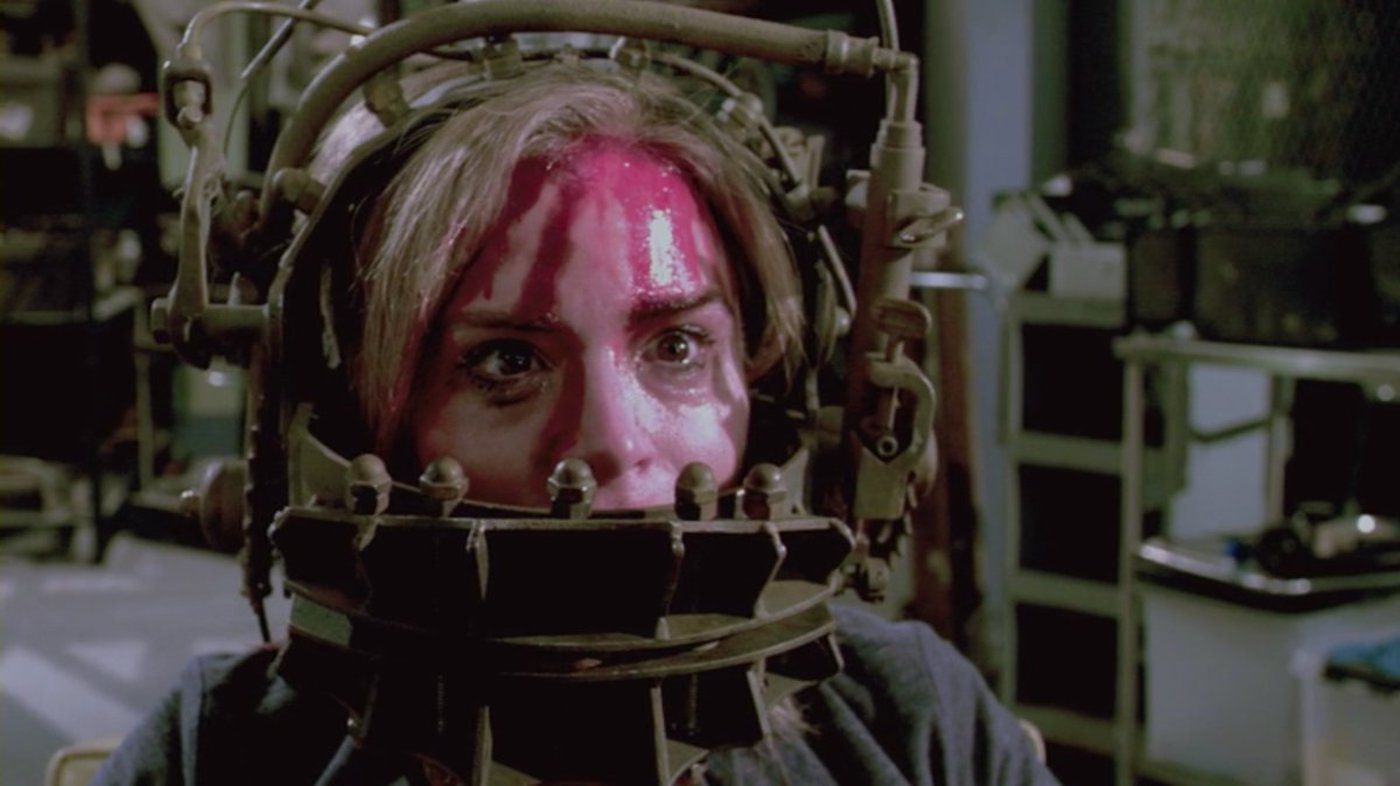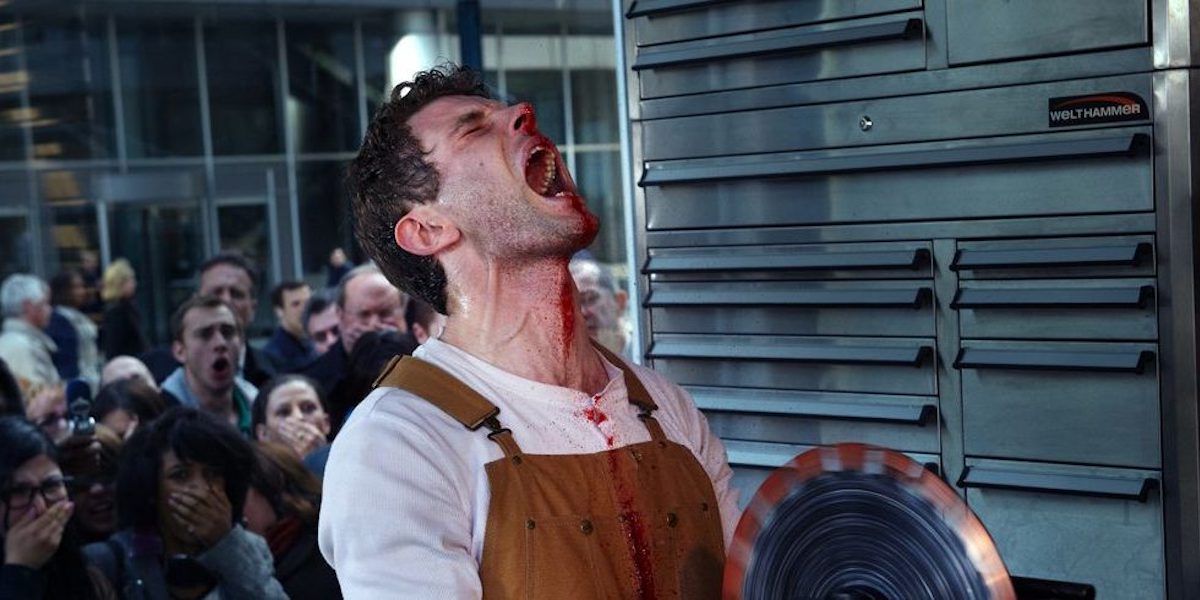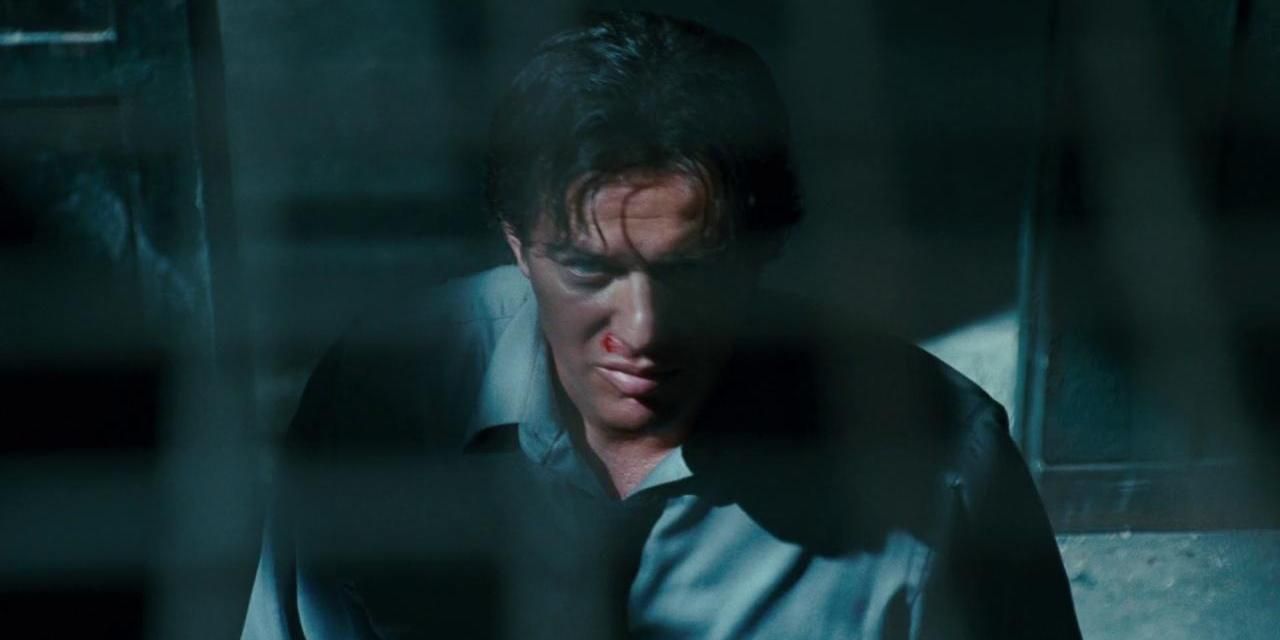“He doesn’t want us to cut through our chains, he wants us to cut through our feet.” That line started an entire franchise, spoken by Cary Elwes in the first trailer for James Wan's Saw in 2004: A franchise that would end up having nine entries, with a tenth on its way. Not bad for a film series that frames itself around the most stomach-churning and disturbing gore that the creators can think of, ramped up with each movie. However, was this the right path for Saw? Despite how many films there are in the series, only one has even come close to matching the quality of the original (and even then, not by much). Would we view Saw in a more favorable light if there was only one film to the series’ name? After all, you can reset a bear trap, but you’ll probably only jump at the snap one time.
'Saw' Had Very Humble Beginnings
Despite its eventual high-profile status, Saw had extremely humble origins. Beginning as a short film project by Australian filmmakers Leigh Whannell and James Wan (a duo that would later rise to mainstream success and horror royalty in our modern era), the duo were very limited with their funds and had to be exceptionally careful with their direction. From this restriction came the central conceit of the original short film, and much of the eventual feature: two people locked in a room, forced to find a way out. One location (especially one as locked off as Saw’s bathroom) means one can shoot for as long as one wishes without the need to scout or reserve different locations. No fancy monster that requires CGI, no huge cast that requires upkeep, just two men, one room. It’s simple and more importantly, it's inexpensive, and it worked well for the story itself. Even for the full film, they kept to this philosophy. Following these restrictions, they completed the movie with only $1 million to the budget, which would be rewarded with an eventual box office boom of $100 million dollars.
'Saw' Doesn’t Work With Bigger Stakes
The problem is that like other cheap horror successes such as Paranormal Activity, Saw didn’t stay cheap for long. The sequel quadrupled the budget, and the series slowly began rising further and further (briefly jumping back to $10 million for 2019’s Jigsaw), topping off with 2021’s Spiral with $20 million dollars. Surely more money for a project is good though, right? Not for Saw; what works with the movie is that intimate feel, that simple nature of the traps themselves. More money means more budget for traps, and more films require those traps to be even more elaborate and different to stand out, beginning a vicious cycle that unravels the entire franchise and story. No trap in the original is that complicated because it can’t be that complicated, this is the efforts of one man, a talented engineer, sure, but still just one guy. It’s not hard to believe that he could chain two men together in an abandoned room, it feels like something somebody could actually do. Even, debatably, the most complicated and iconic trap in the entire first film, the “reverse bear trap” is, at its core, just a locking mechanism with a timer.
Contrast this with the traps in the later movies, and the comparison is almost comical for the most part. Even disregarding the number of people kidnapped for the traps, they come to involve giant mechanisms stories high, elaborate traps that strip a person to pieces in seconds, and in Jigsaw, we even get traps involving the use of lasers! The suspension of disbelief is broken very quickly — how could the killers kidnap this many people? How could they possibly set up these traps, and get the materials without being detected? But the real issue is that the more elaborate the traps become, the less easy it is for an audience member to empathize with the pain the characters are going through. It’s not difficult to imagine a scenario of cutting off your foot to escape a chain; it’s frightening and would be extremely painful, but it’s comprehensible. By contrast, Saw 3D involves a trap that is so gory and intense (the garage trap, specifically) that it comes around to practically being comedic. For practical FX gore fans, it might be fun, but the horror is lost.
Every 'Saw' Trap Only Works Once
Let’s return to that trap mentioned earlier, the first film’s “reverse bear trap.” This is easily the most iconic trap the series has ever conceived, but it’s initially left intentionally unclear what exactly the trap will do to the woman locked in it, which leads to increased tension as the timer counts down. The victim barely manages to escape it seconds before it snaps on the ground, preserving that would-be image in every audience member’s head. However, in the film’s seventh entry, the trap returns… and it works, the trap killing the victim exactly as it appeared it would have in the first movie. Despite clearly being intended as a fanservice moment, it falls completely flat; this is the same film as the aforementioned garage trap. By now, the bar for gore is so high in the series that the iconic reverse bear trap feels positively tame by comparison. The lack of onscreen gore in the first film forces the audience to imagine the violence instead, which is scarier than anything that can be rendered onscreen; as Alfred Hitchcock said about suspense: “There is no terror in the bang, only in the anticipation of it.”
This continues to be a problem with Saw sequels, the traps keep working. Tearing limbs off of people or cooking them alive, or sawing them in half, some of the traps are deliberately unfair to make the eventual blood splatter even more predestined. This is where the franchise’s label of “torture porn” comes from because the first film doesn’t really apply. The debut is good at cutting away, leaving things to the viewer's imagination, and picking its moments carefully to deliver the best effects. This enhances the film while also keeping these scenes within budget. The Saw sequels seem to revel in showing off these splatters, and while it may make for gory fun, the result is that none of them feel as tactile and real as the ones from their origins.
'Saw’s Plot Becomes Worse as the Series Goes On
Throughout this article, there’s been little mention of the actual story of the franchise, the reasons behind why the killers do the things they do, and why the victims are placed in these scenarios. There’s a simple reason for this: the story doesn’t make any sense. It never made sense, and it only gets worse as the sequels continue.
Rather than just being a maniacal sadist, the original (and frustratingly still the best) Jigsaw killer (Tobin Bell) seems to believe that there’s some morality behind his traps. By forcing people to go through these horrifying tests, he’s actually helping them “appreciate life,” and that if they fail to escape, that’s their own fault and not his. While there’s nothing wrong with your horror villain having a skewed sense of morality, a lot of characters seem eager to believe that he’s at least partially right; Cary Ewles’ character in the first film argues Jigsaw “isn’t really a murderer,” and recovering drug addict Amanda (Shawnee Smith) believes surviving the trap that required her to kill an innocent man made her a “better person.”
In the first film, this inconsistency is relatively contained, but that ends pretty quickly. The series only doubles down from this point on, with the “crimes” people are put in traps for ranging from semi-justifiable to deeply confusing and unfair. People are punished for anything from being murderers or white supremacists all the way to cheating on their partners or, in the case of Saw 3, for not “grieving” correctly. The longer the series continues, the less Jigsaw feels like some misguided moralist and more like a run-of-the-mill dick.
'Saw VI' Is the Only One That Tried to Tackle a Real Issue
Saw VI is somewhat of an exception in the series, as it clearly attempts to make itself about a real issue: the American healthcare system. The victims in the film are employees of a healthcare firm who have been refusing medical coverage to those who need it, and this film is one of the few times where the gore and story seem to be somewhat in sync: the traps serve as a metaphor for the brutality forced upon those desperately seeking healthcare. The Saw series is pretty clumsy with its social commentary, but it’s commendable. However, it’s immediately undermined when the killer puts the company's janitor in a trap as well, a trap that brutally murders him. Why is the janitor being punished? Apparently, his crime is being a smoker despite a family history of heart disease. How immoral. Before the movie can even set up a point, it ruins it.
When there’s a big strange moral plot hole that goes unexamined in a movie, that’s not always a death blow. However, when that same plot hole is stretched over nine movies, it becomes big enough to swallow up a whole car. The series can’t have it both ways; either the victims of the traps should be innocent people who a cruel killer is punishing for unfair reasons, or the victims should be terrible people who the audience should root for the deaths of. Including both makes the series tonally inconsistent, with the audience unable to connect unless they completely switch their brains off and sit back to enjoy the blood splatter. By keeping the film to one entry, most of these bigger problems stay nitpicks. Too much attention, and they balloon into something worse.
The first Saw isn’t torture porn; it’s an interesting multi-layered horror thriller created by two future horror masters before they really got started in the industry. Saw practically defined an entire era of horror when it was first released, a feat only really matched by a select number of films, such as John Carpenter's Halloween. The mystery is intriguing, the concept new and exciting, and everything comes together to deliver something truly unique. The problem, however, is that almost every subsequent Saw sequel is torture porn, delivering excellent splatter and fun traps but mostly hollow beyond that. Every attempt to recapture the original's magic has failed, and all the budget in the world can’t hold a candle to what two fresh-out-of-film school students can bring. Had Saw been one movie, perhaps its star would remain unblemished, and it could stand proud as something special, but every mention of it comes with the asterisk that is its uninspired and subpar sequels. "Game over" shouldn't have just been a final line, it should've been a promise.

